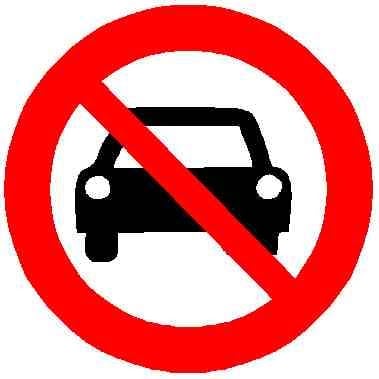cross-posted from: https://sh.itjust.works/post/44712264
These up-eds usually complain that photo radar would be fine if the radar worked properly. This one doesn’t even do that. It just complains that speed limits aren’t fair and now drivers have to change their behavior. jfc
It is true that drivers can avoid such tickets by sticking to the posted speed limits, but it is also true that drivers are hardly ever expected to strictly observe those limits.
…
It’s like the generally accepted contract between drivers and police – just drive at a reasonable speed and you’ll be fine – has been broken.


I get what you mean, but it’s not quite correct.
For example, one situation I have seen in real life: You are on a road with speed limit 100km/h. There’s a bend to the right with bad visibility, and right around the bend is a speed limit 30km/h and a speed camera right next to it. This situation is propbably financially great, but from a safety aspect it’s really not.
It would be much better to gradually decrease the speed limit (e.g. 100, 70, 50, 30) over a longer distance and where there’s better visibility.
In fact, if placing the signs, placing the radars and collecting the fines are handled by the same department, it’s likely that they will purposely create dangerous situations like that to collect more fines.
That’s why it should be three separate departments with separate goals: